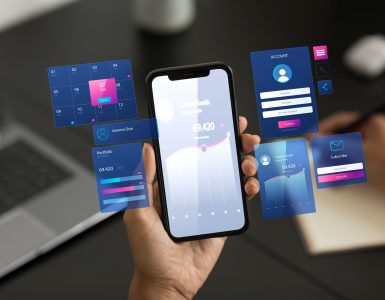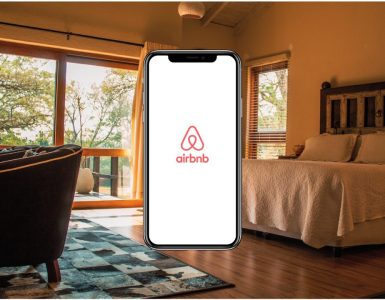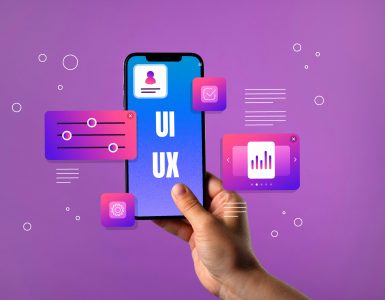Foldable devices had a tough run, but after years of experimentation and setbacks, they are finally gaining consumer acceptance globally. According to the International Data Corporation, the worldwide market share for foldable phones is expected to reach 27.6 million units or a market value of $29 billion in 2025.
What does it mean to developers?
The display technology used in Android foldable devices is different. Samsung Galaxy Fold, the first foldable smartphone, showed how the mobile app development domain has to act fast to keep up with the pace. The rapid transformation of display technology in foldable devices is unearthing new possibilities. As the growth of these devices is expected to be multifold, it is wise to consider the transformation of an app to support these multi-screen devices.
This article covers things app developers must consider when building applications for foldable devices.
What makes app development for foldable devices challenging?
A foldable device offers extra screen estate; that’s the main idea behind these devices. The availability of larger screens by combining two screens allows developers to provide a more immersive experience to users. Unlike traditional mobile apps, you must plan UX design with large-screen adoption. The challenge is to offer a glitch-free experience to users on foldable screens.
Another challenge is to design test cases for such apps. Foldable solutions make several use cases possible, and to ensure that there’s no bug hiding in the background, you have to test for all scenarios. Therefore, testing for foldable device apps requires more time and money.
The overall cost of building apps for foldable devices is high. Given the planning and compatibility needed in these apps, you will be venturing into a new space. This will require a unique design strategy, coding standards, and experimenting with new mobile app development frameworks and test cases, translating into higher expenses and increased development time.
1. Consider the state of the foldable device
Foremost, every foldable device will have two states: Unfolded and Folded.
When unfolded, a smartphone will essentially transform into a tablet. There is extra screen space available for a more immersive experience. You have the freedom to include more context for including secondary actions or events in your apps. The folded device will operate as a traditional smartphone, and your app will require a UI design that can be used with one hand.
The easy switch between one- or two-handed app operation requires the design teams to look at the critical UI/UX facets. There will be elements that should be within the thumb range when the device is folded, and an unfolded screen will have UI/UX elements within reach of other fingers.
2. Screen continuity and multitasking
Android foldable devices will be frequently switched between folded and unfolded states. Developers must ensure that they create a seamless user experience for both screen resolutions in their apps. With the layout changes, the app flow ambiguity will increase. As an app developer, you must code the app to keep the changes happening in the design minimal or nil.
Also, the multi-window operation presents an opportunity for multitasking. Developers and designers should consider a multi-window life cycle for their apps. Include features and design elements in your apps for foldable devices that encourage multitasking.
3. Multi-resume
Similar to multitasking, apps running on foldable devices must support multi-resume, i.e., the ability to resume functioning between foldable and unfolded screens without freezing other apps. Google allows the ability to open a few apps alongside Android 10. Previously, only one app could be resumed after the phone orientation was changed. Keep the multi-resume functionality in mind when building apps for foldable devices. It’s an essential component of app performance that must be maintained for a seamless user experience across various screen sizes.
4. Consider new screen resolutions
With foldable devices, you have more screen resolutions than traditional straight-screen devices. Android 10 and newer versions support a wide range of aspect ratios, but we never needed to explore them for a traditional smartphone. Android foldable devices, however, can give widely varying form factors, ranging from a long and thin screen to a 1:1 ratio. The apps you develop for such devices must be tested for as many resolutions as possible. Suppose your app cannot handle all the screen resolutions, in that case, you must define the maxAspect Ratio and minAspectRatio variables in code to indicate the highest and lowest ratios that your app can run.
Conclusion
As foldable devices gain popularity, more businesses will want apps that support these devices. As an app developer, you must focus on requirements to adopt the compelling future of the foldable devices landscape. The quicker you start developing apps for Android foldable devices, the more competitive edge you will have in the game-changing multi-window apps market.
Talent500 has a pool of great mobile developers that Fortune 500 companies and fast-growing startups hire. Join our platform and get ready for career-redefining opportunities.






Add comment